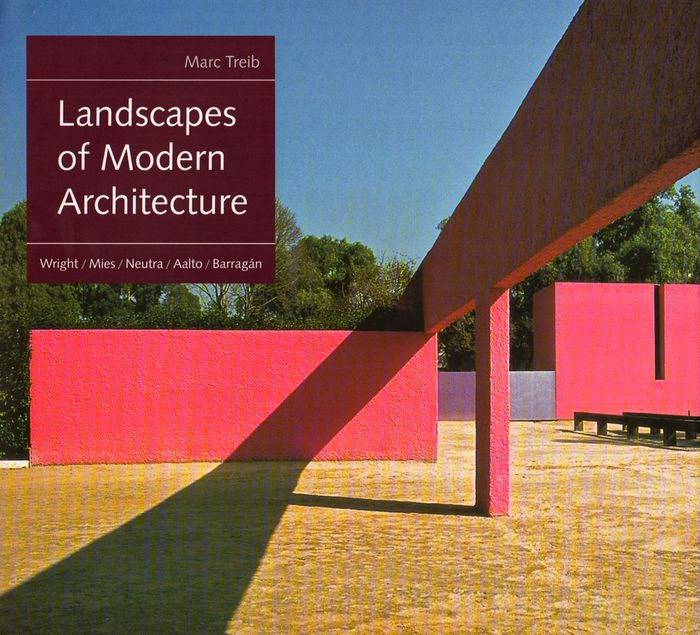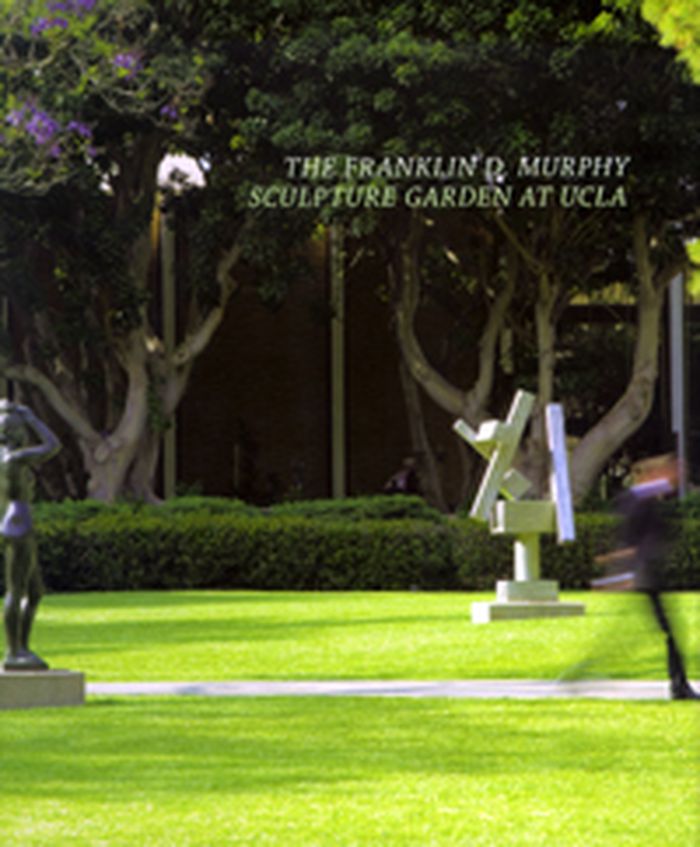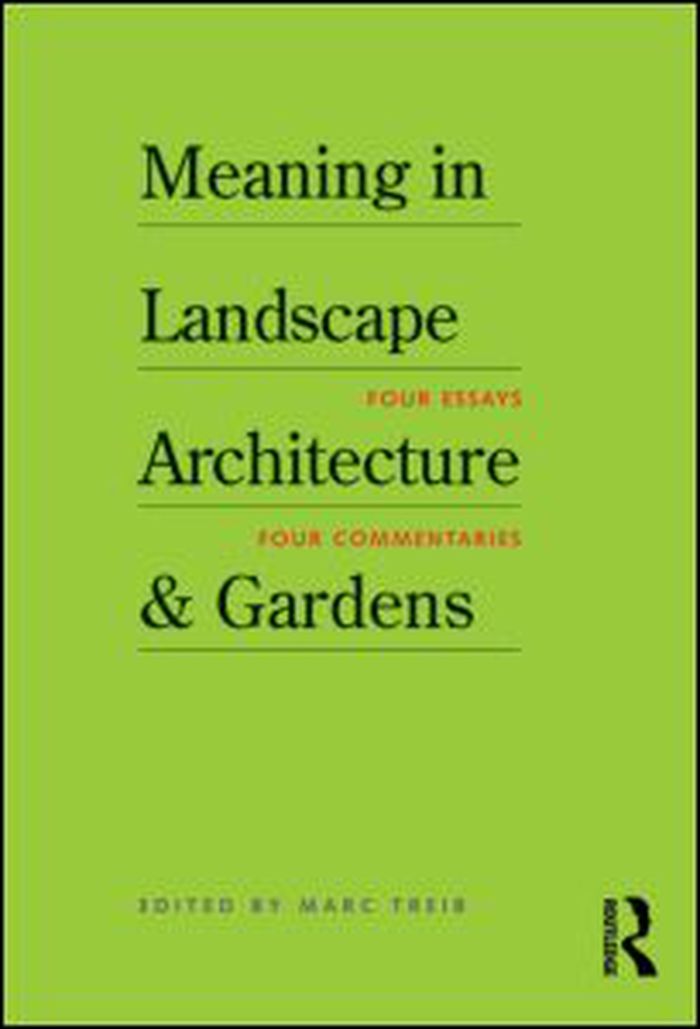$90.95
(disponible sur commande)
Résumé:
Modern architects are often condemned for a seeming disregard of site considerations such as climate, topography, and existing vegetation. Noted landscape and architectural historian Marc Treib counters this prevailing view in an authoritative and unprecedented survey of 20th-century buildings and their landscapes. Exploring a range of architectural, philosophical, and(...)
Landscapes of modern architecture: Wright, Mies, Neutra, Aalto, Barragán
Actions:
Prix:
$90.95
(disponible sur commande)
Résumé:
Modern architects are often condemned for a seeming disregard of site considerations such as climate, topography, and existing vegetation. Noted landscape and architectural historian Marc Treib counters this prevailing view in an authoritative and unprecedented survey of 20th-century buildings and their landscapes. Exploring a range of architectural, philosophical, and theoretical approaches, Treib investigates the site strategies of five prominent modern-period architects: Frank Lloyd Wright (1867–1959), Ludwig Mies van der Rohe (1886–1969), Richard Neutra (1892–1970), Alvar Aalto (1898–1976), and Luis Barragán (1902–1988).
Jardins
$39.95
(disponible sur commande)
Résumé:
For nearly thirty years, starting in the 1960s, Franklin D. Murphy was a dominant figure in the cultural development of Los Angeles. As chancellor of UCLA and later as chief executive of the Times Mirror company, Murphy channeled more than a billion dollars into the city's universities, museums, concert halls, and libraries. The Franklin D. Murphy Sculpture Garden, one of(...)
Jardins
février 2008, Los Angeles
The Franklin D. Murphy sculpture garden at UCLA
Actions:
Prix:
$39.95
(disponible sur commande)
Résumé:
For nearly thirty years, starting in the 1960s, Franklin D. Murphy was a dominant figure in the cultural development of Los Angeles. As chancellor of UCLA and later as chief executive of the Times Mirror company, Murphy channeled more than a billion dollars into the city's universities, museums, concert halls, and libraries. The Franklin D. Murphy Sculpture Garden, one of his landmark projects, is also one of the UCLA campus's great treasures. Standing as a model for sculpture gardens internationally since its dedication in 1967, the Murphy Garden features seventy-two important modern and contemporary sculptures in a five-acre site designed by landscape architect Ralph Cornell. This fully-illustrated catalog documents the entire Murphy Garden collection and provides a scholarly entry for each artist – a sampling of which includes Deborah Butterfield, Alexander Calder, Henri Matisse, Joan Miró, Henry Moore, Isamu Noguchi, Auguste Rodin, and David Smith. Three essays–by Victoria Steele, Cynthia Burlingham, and Marc Treib – focus respectively on the role of Franklin Murphy in the garden's planning and execution, the acquisition of the sculptures, and the garden's significance within the history of sculpture garden design. Published by the Hammer Museum, University of California, Los Angeles.
Jardins
$40.95
(disponible sur commande)
Résumé:
While we all live our lives in designed landscapes of various types, only on occasion do we consider what these landscapes mean to us and how they have acquired that significance. Can a landscape architect or garden designer really imbue new settings with meaning, or does meaning evolve over time, created by those who perceive and use these landscapes? What role does the(...)
Meaning in landscape architecture and gardens: Four essays, Four commentaries
Actions:
Prix:
$40.95
(disponible sur commande)
Résumé:
While we all live our lives in designed landscapes of various types, only on occasion do we consider what these landscapes mean to us and how they have acquired that significance. Can a landscape architect or garden designer really imbue new settings with meaning, or does meaning evolve over time, created by those who perceive and use these landscapes? What role does the selection and arrangement of plants and hard materials play in this process and just where does the passage of time enter into the equation? These questions collectively provide the core material for Meaning in Landscape Architecture and Gardens, a compendium of four landmark essays written over a period of twenty years by leading scholars in the field of landscape architecture. New commentaries by the authors accompany each of the essays and reflect on the thinking behind them as well as the evolution of the author’s thoughts since their original publication.
Théorie du paysage


